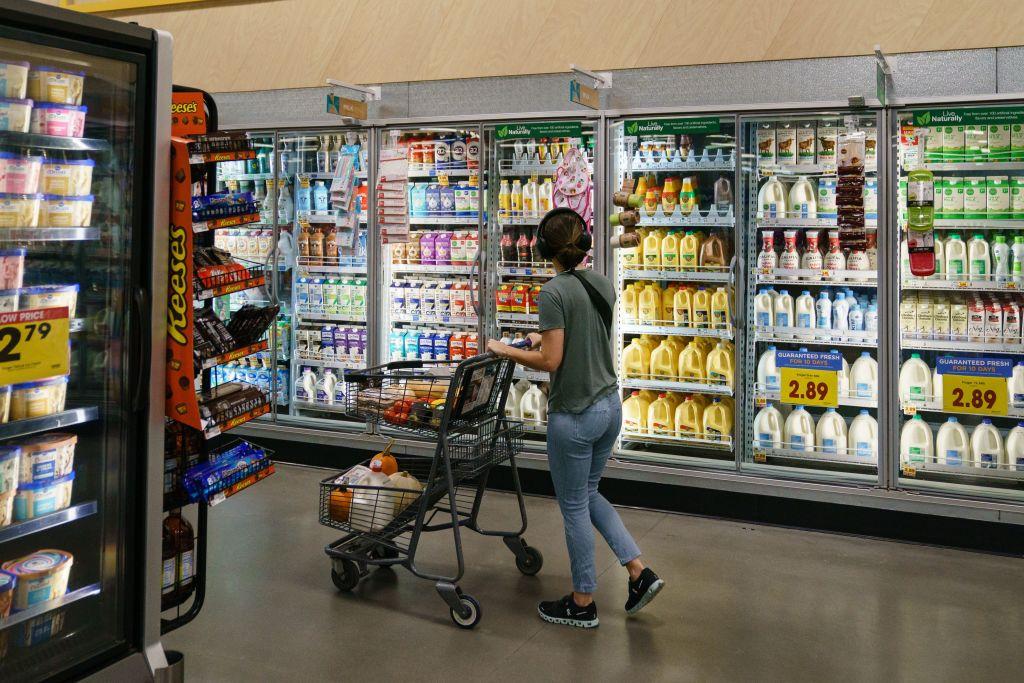Commentary
Debate on recession prospects has three sides. One side points to still strong jobs growth and contends that the economy will avoid recession altogether. A second side contends that the jobs numbers are misleading and that a recession is imminent. Yet a third side splits the difference, arguing that a recession will wait until 2024.





